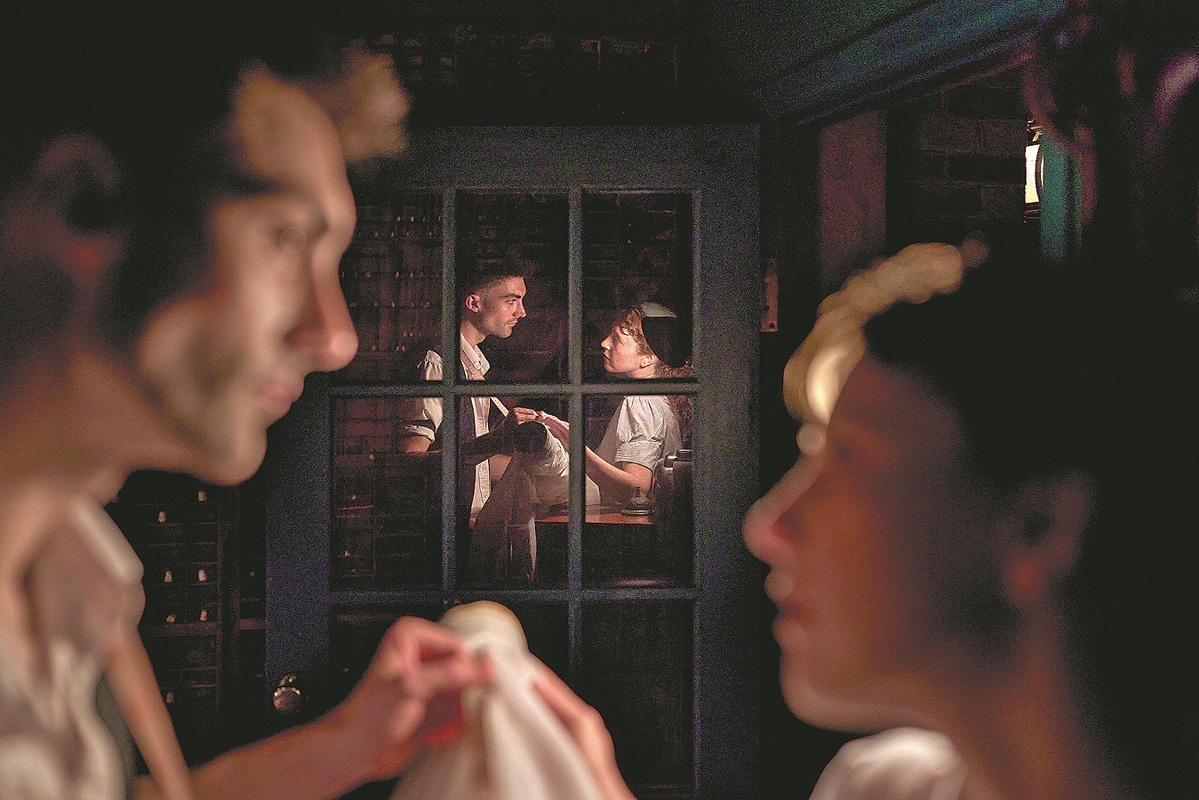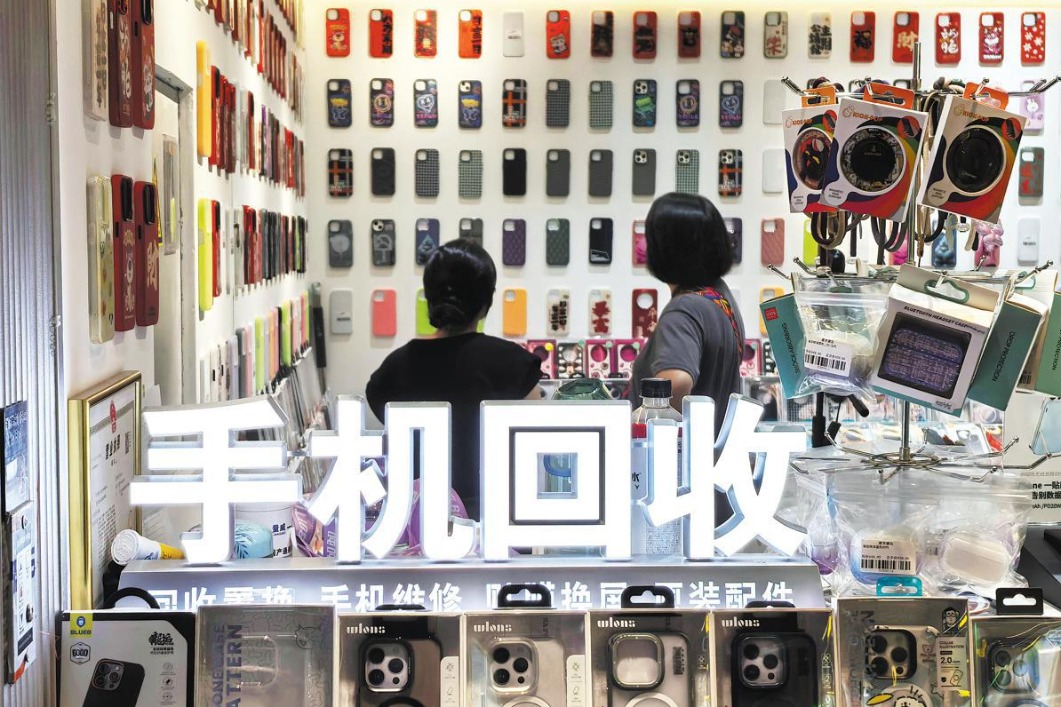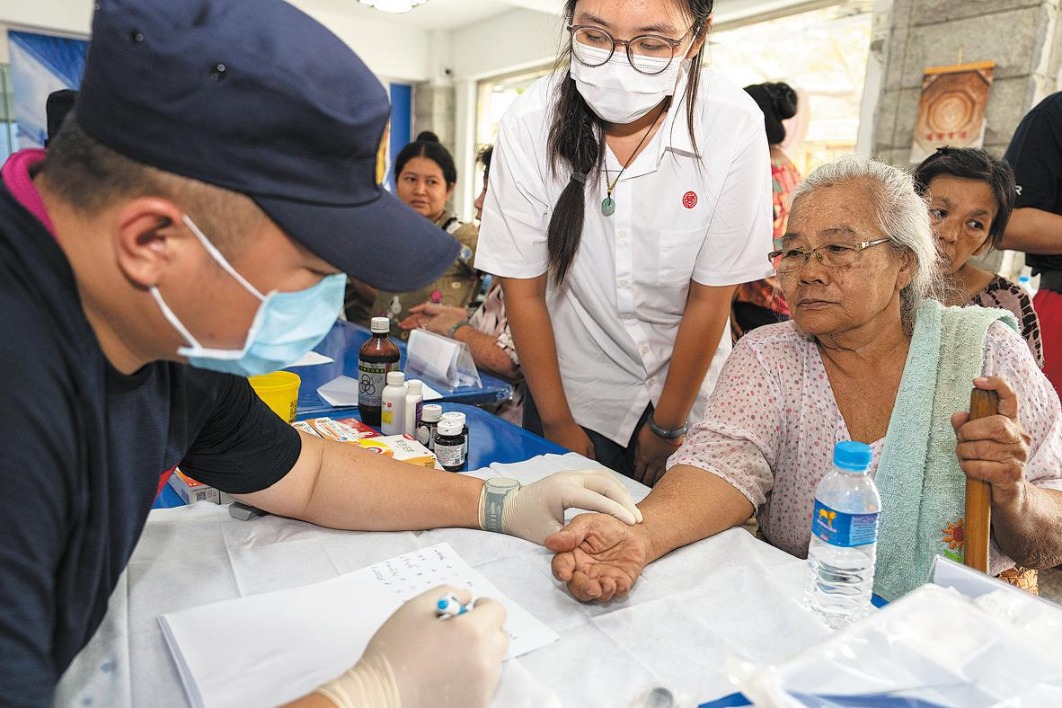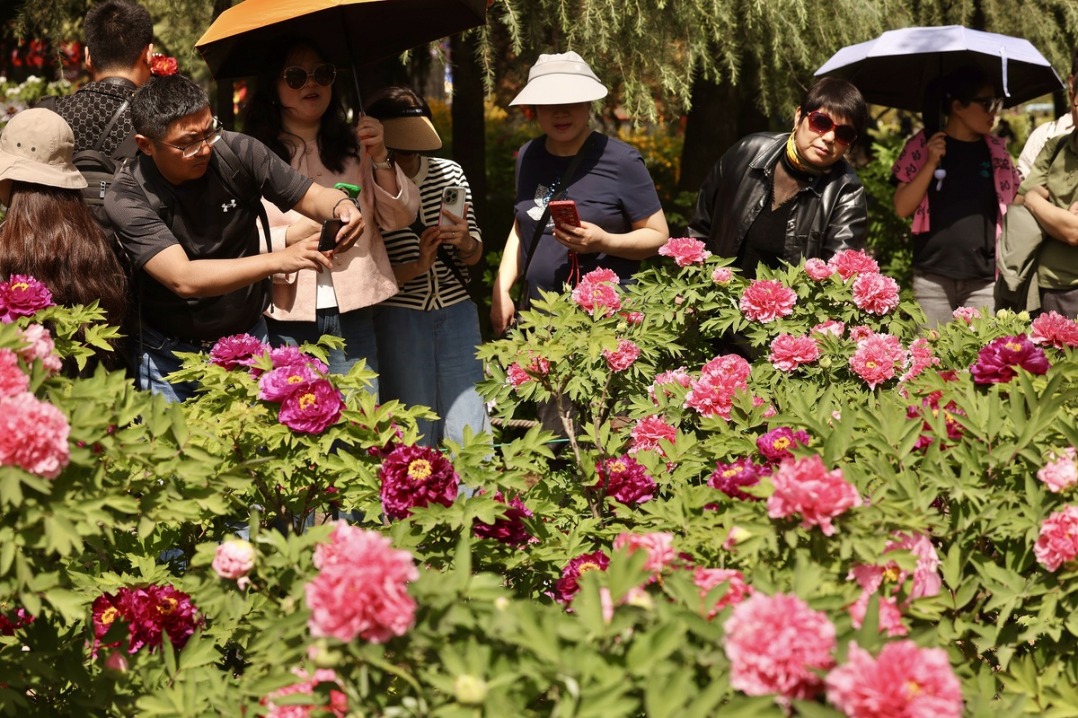Immersive theater opens new worlds for audiences, industry
Shift toward 'experience economy' creating exciting opportunities, expert says


The distant echo of jazz music fills the air as Yang Shuhui, with her face hidden behind a white mask, stands in a dimly lit room. Inches away, a dancer in a gown performs a haunting sequence as Lady Macbeth's descent into madness unfolds in silent movements.
This isn't traditional theater. This is Sleep No More Shanghai, a local adaptation of a pioneering immersive production based on Shakespeare's tragedy Macbeth and told through a darkly cinematic lens.
"Each visit reveals something new," said Yang, a repeat attendee and participant in the play.
"The first time, I was completely lost. By my third visit, I had discovered hidden rooms and other storylines I never knew existed. It is like being inside a film where you are both audience and participant," she said.
This fusion of art and the audience experience represents a cultural evolution. "Traditional theater frames stories through a director's vision, but here, the fourth wall dissolves. The audience can discover content themselves," said Ma Chencheng, president of SMG Live and the Chinese producer of Sleep No More Shanghai.
The form gained momentum in the 2000s when British immersive theater company Punchdrunk pioneered Sleep No More in London and New York, redefining the possibilities of the art form. Since 2016, Punchdrunk International and SMG Live have coproduced a re-imagined version of the original production set in Shanghai in the 1930s.
Since its debut nine years ago, the production has drawn over 620,000 visitors and grossed 550 million yuan ($75.9 million), mirroring the explosive rise of China's immersive entertainment sector.























